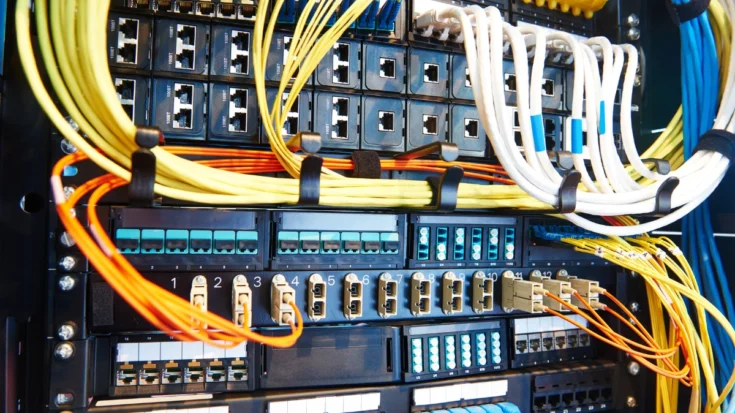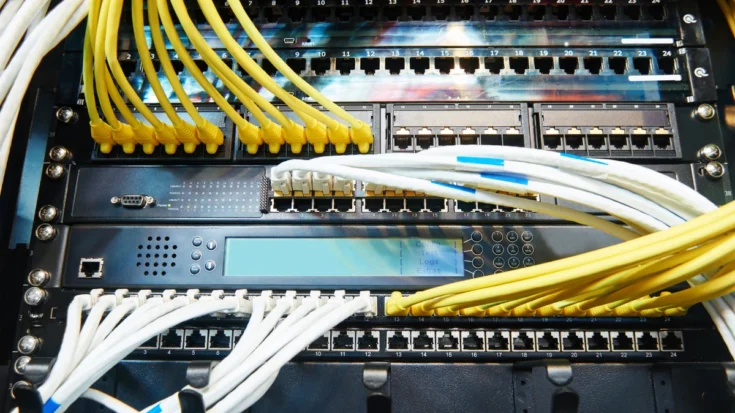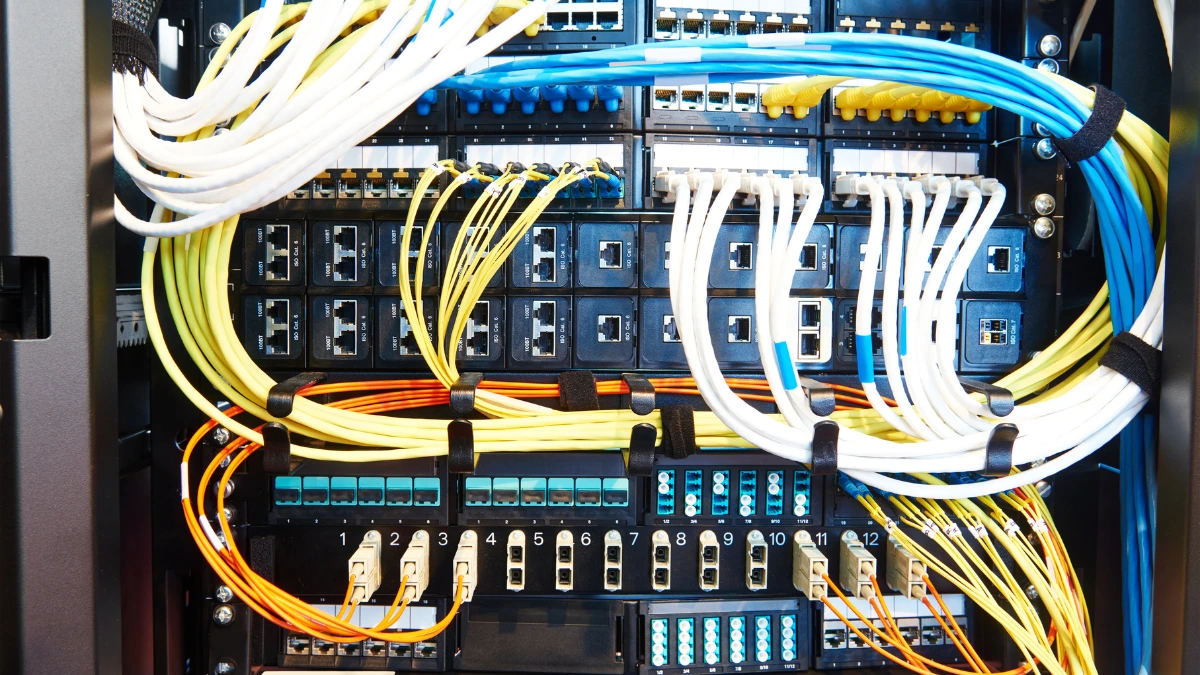In the ever-evolving world of computer networks, Ethernet switches play a crucial role in connecting devices and managing data traffic. The types of Ethernet switches are designed to meet specific network needs.
The types of ethernet switches range from simple switches that operate automatically to sophisticated switches with in-depth configuration capabilities, each type has unique advantages and characteristics in optimizing network performance.
This article will review the types of Ethernet switches to understand their essential role in computer networks.
Also Read
Table of Contents
Types of Ethernet Switches

1. Unmanaged switch
Unmanaged switches are the most basic and easy-to-use type of switch. These devices do not require any configuration, so they are perfect for home use, small offices, or environments that do not require complex network settings.
Unmanaged switches operate on a “plug-and-play” basis, meaning that you connect the device to an available port, and the switch will automatically detect and manage data traffic.
While easy to use, unmanaged switches have limitations in terms of network features and control.
2. Managed switch
Managed switches offer a higher level of control and flexibility than unmanaged switches. These devices allow network administrators to configure various network parameters, such as VLANs, QoS, and security.
With a managed switch, you can prioritize data traffic, restrict access to certain network resources, and monitor network performance in real time.
Managed switches are ideal for complex networks that require a high level of security and control.
3. Smart switch (semi-managed)

Smart switches, also known as semi-managed switches, offer a combination of the ease of use of unmanaged switches and the flexibility of managed switches.
These devices provide some basic configuration features, such as VLANs and QoS, but at a more affordable cost than a fully managed switch.
Smart switches are suitable for small and medium-sized businesses that require a higher level of network control than unmanaged switches but are on a tight budget.
4. PoE switch (Power over Ethernet)
A PoE switch is a type of switch that can transmit electrical power over an Ethernet cable, in addition to data.
This feature allows you to power devices such as IP cameras, wireless access points, and VoIP phones without the need to use a separate power adapter.
PoE switches simplify device installation and reduce cabling costs.
5. Layer 2 vs. Layer 3 Switches
Layer 2 switches operate at the data link layer of the OSI model, which is responsible for transmitting data between devices within a local network (LAN).
Layer 3 switches, on the other hand, have router-like routing capabilities, which allow them to transmit data between different networks.
Layer 3 switches can use IP addresses to determine the best path to transmit data packets, thus improving network efficiency and performance.
How to Choose the Right Ethernet Switch
Determining the right type of Ethernet switch must be tailored to the specific needs of the network to be built. Here are the basic guidelines in choosing the appropriate switch:
- For a simple network in a home or small office – Unmanaged switches are the best choice because they are easy to use and require no additional configuration.
- For small businesses that need a little flexibility in network setup – Smart switches offer some basic configuration features that can help in network management.
- For companies that need more control over security and network traffic – Managed switches are the ideal choice as they support advanced features for more efficient network management.
- For networks that connect devices such as IP cameras or access points without additional power adapters – PoE switches allow direct power delivery through Ethernet cables, making it more practical and efficient.
In addition to choosing the right type of switch, there are several other factors to consider, such as the number of ports required, data transfer speed (e.g. 1Gbps or 10Gbps), as well as additional features such as VLAN and QoS to improve network performance.
By understanding the differences between these types of Ethernet switches, you can choose the device that best suits your network needs.


















